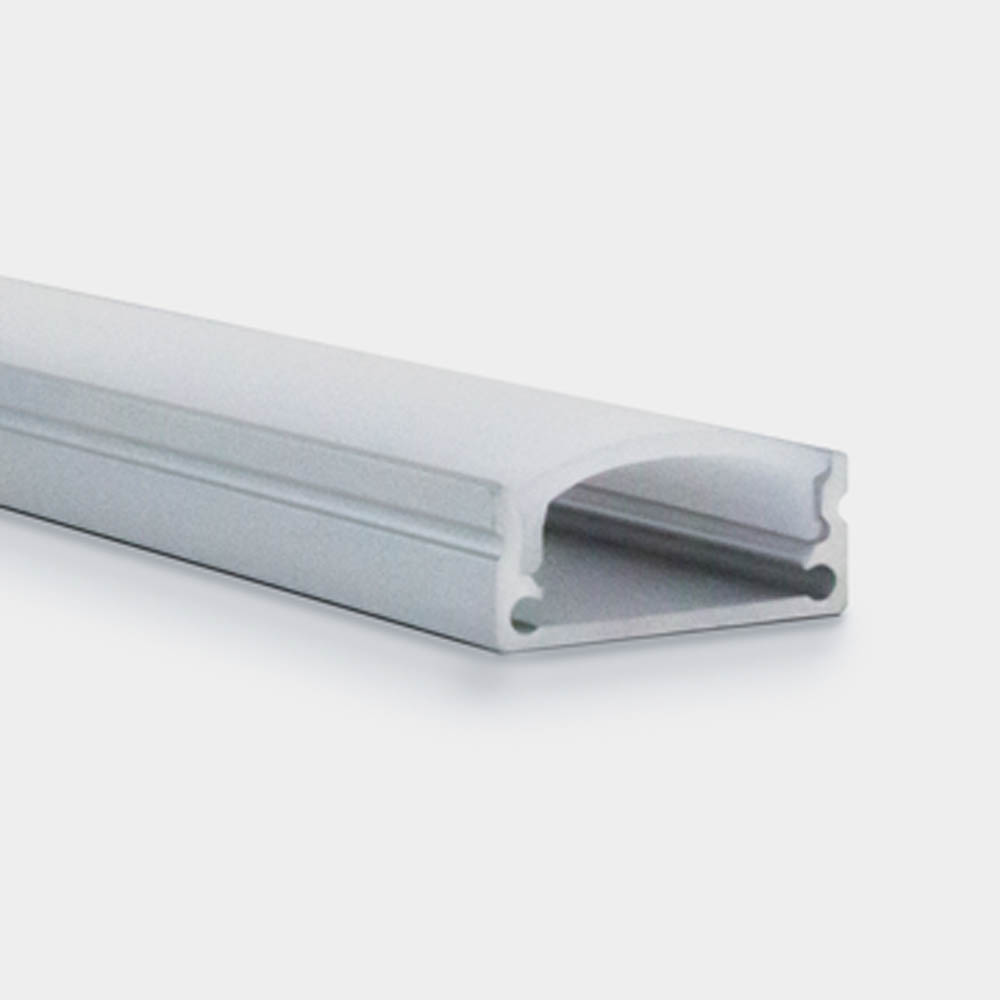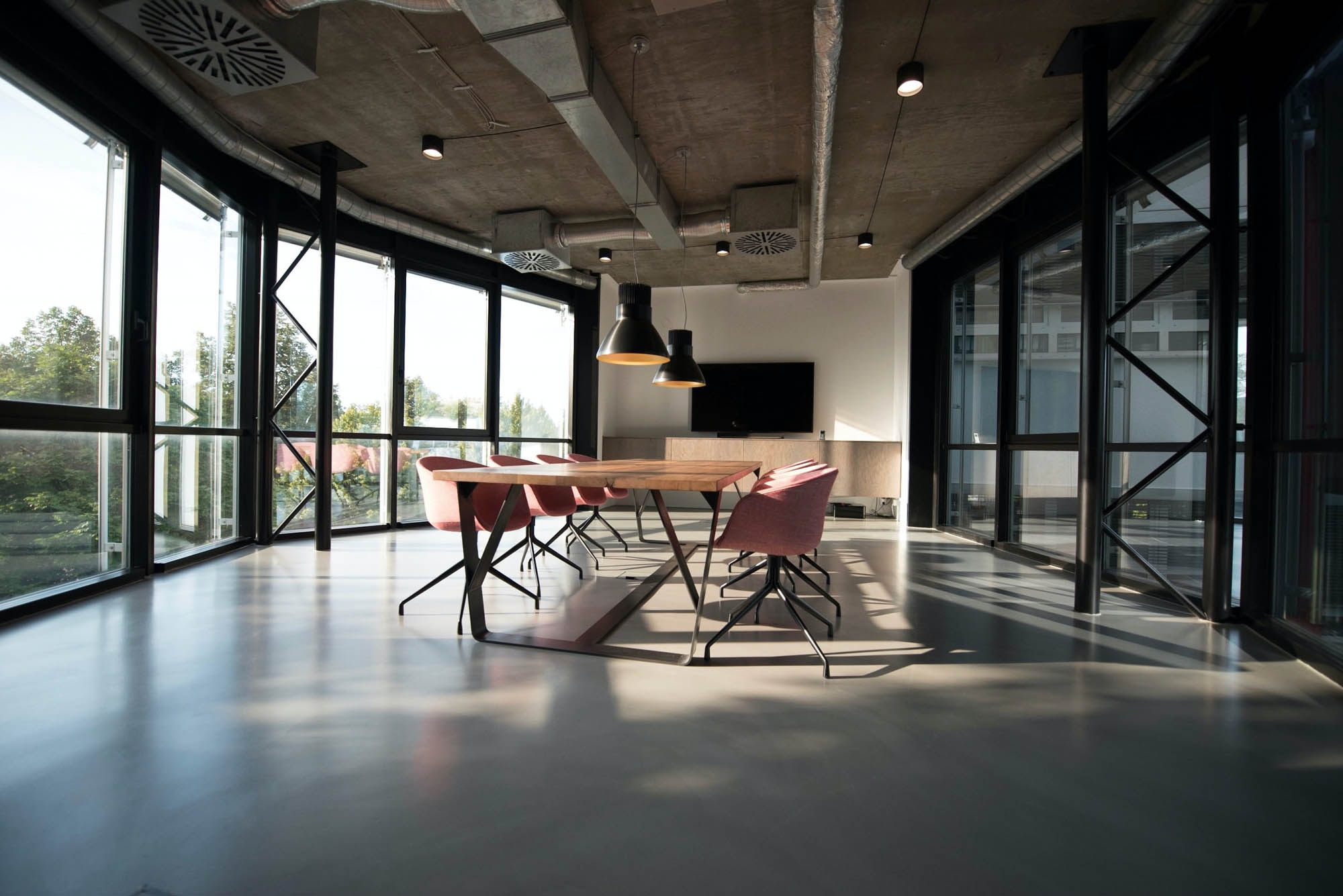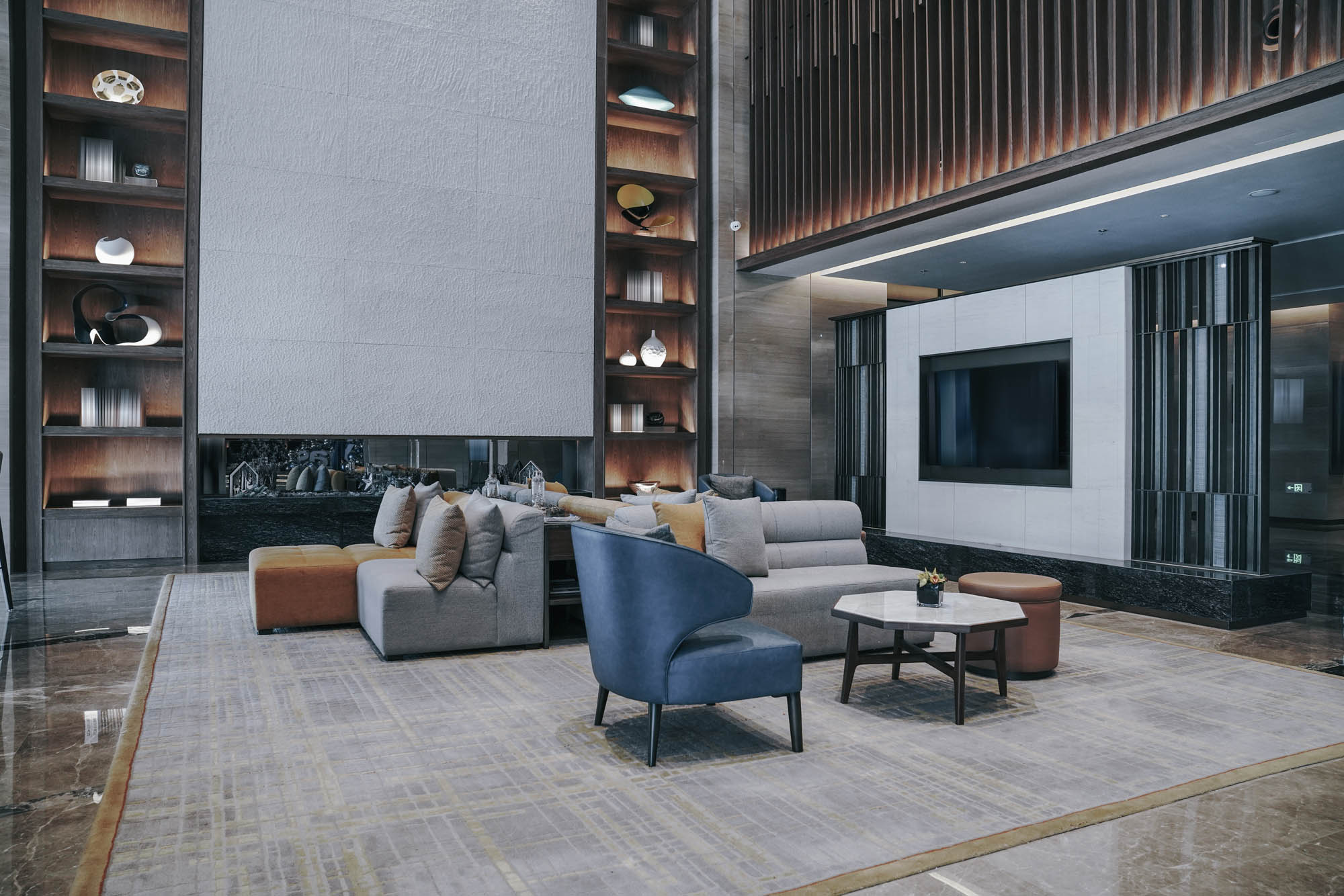
Did you know that light affects our bodies on numerous levels? Over the years, humans have become so accustomed to low-quality artificial light, causing lots of confusion to the body’s internal clock. That’s why it’s so important to use the right lighting products in spaces where people spend significant amounts of time, such as offices, hotels, and residences.
The rise in LED lighting throughout commercial and residential spaces impacts more than ambience; it affects the health and moods of people within these spaces, leading to big changes in today’s lighting trends. Luminii’s commercial product portfolio and residential product portfolio, for example, features quality light fixtures delivering high CRI values and dimming capabilities that can mirror natural light. Designing well-lit spaces promotes healthy moods and positive energy in a wide range of applications.
Choosing the right color temperatures is essential for healthy living, working, and playing. Designing a space with the right color temperatures can also help reset people’s internal clocks, all while creating beautiful spaces. For more insights on how lighting affects mood, read Eduardo Souza’s piece below.
Editor’s note: The piece below originally appeared on archdaily.com. You can also read the piece here.
It’s very likely that you are reading this text in an interior space with the lights on. For most people, modern living entails spending most of the day in closed rooms, bathed in a sum of artificial and natural lights. Yet while artificial light has afforded mankind incalculable possibilities, it has also caused some confusion in our bodies, which have evolved for thousands of years to respond to the stimuli of sunlight in the day and darkness at night. This responsiveness to natural light is called the circadian rhythm or cycle, and describes the 24-hour biological cycle of almost all living beings. Circadian rhythms are primarily influenced by light reception, but temperature and other stimuli also play a role in the process.
Our natural clock is in the part of the brain called the hypothalamus, which is linked to photoreceptors located throughout the body (such as the retina). These receptors are responsible for synchronizing our internal clock with the light we absorb during the day. Understanding the circadian cycle is essential because it affects the rhythms of the human body and influences sleep, mood, wakefulness, digestion, temperature control, and even cell renewal. Research shows that an adequate amount of light improves mood and energy levels, while poor lighting contributes to depression and other deficiencies in the body. The amount and type of lighting directly affect concentration, appetite, mood, and many other aspects of daily life.

But how can we have a healthy circadian rhythm if we spend most of our time in environments flooded with artificial light? Or if the last thing we do before bed and the first thing we do when we wake up is check our phones? How can architects use lighting to promote healthy circadian rhythms and thus, healthier living? Researchers recommend imitating natural daylight cycles with artificial lights. Brighter and stronger lights are suggested for the morning and during the day, while dimmer lights are recommended for night. Opposite configurations can cause a confusing circadian rhythm, alter our sleep schedules, or lead to decreased energy throughout the day. A study from the University of Toronto demonstrated the significance of light strength, showing that bright lights “intensify our initial emotional reaction to a stimulus” and that “its effects can be both positive and negative.”
The color temperature of light likewise greatly affects the human body. Typically depicted in Kelvin (K), the higher the color temperature, the brighter and cooler the light will be. In this case, ‘warm’ and ‘cold’ don’t refer to the physical heat of the lamp, but to the tone or color of the light. Warm lights make the environment feel more welcoming and relaxing, while cooler lights make the environment more stimulating – they make us feel more alert, more focused, and can increase productivity levels. It’s also believed that blue light reduces levels of the sleep-related hormone melatonin, making us feel more awake. Computers and mobile screens emit a lot of blue light, so that last email check before bed can make our sleep a lot less restful. But when used intelligently, blue light can be ideal for those spaces where the mind needs to work at full speed, such as meeting rooms, industrial kitchens, and even factories, where high concentration is expected.
Yellow tones (at the bottom of the color scale) correspond to dusk and dawn, times when the body is generally more relaxed. This makes a lot of sense if we think that until recently, humans weren’t exposed to high-intensity lights at night, but simply to the light of the moon and the fire. Weak, indirect, and warm lighting tends to make environments quieter and people more relaxed. Although this may not be a good choice for a work environment that requires efficiency and productivity, it may be beneficial for a restaurant, a rest area, or a bedroom.

Experts agree that taking advantage of sunlight during the day and avoiding direct exposure to cold or blue light at bedtime can improve quality of sleep and positively affect people’s well-being and productivity. And although it’s impossible to control the lighting of all the environments and spaces that we will inhabit, being aware of the impacts of lighting on our body can make us think twice about some of the choices we would otherwise make in a heartbeat – whether it be buying that lamp for sale in the supermarket, or even just checking our phone one last time before bed.